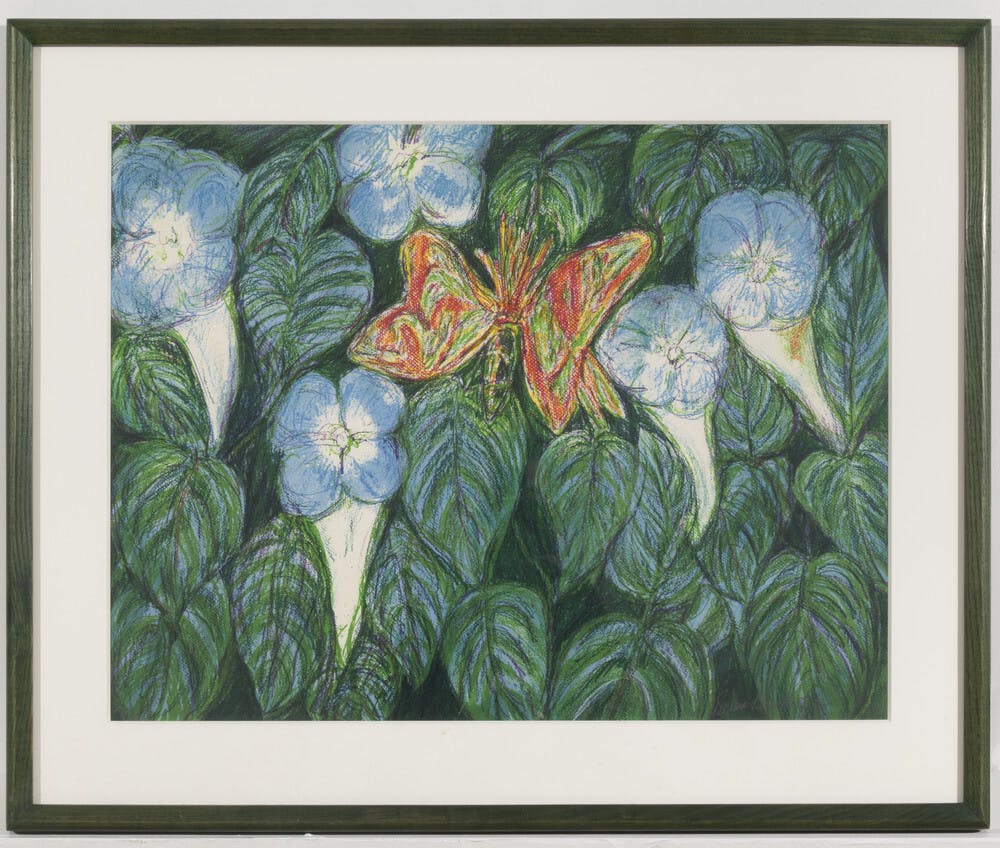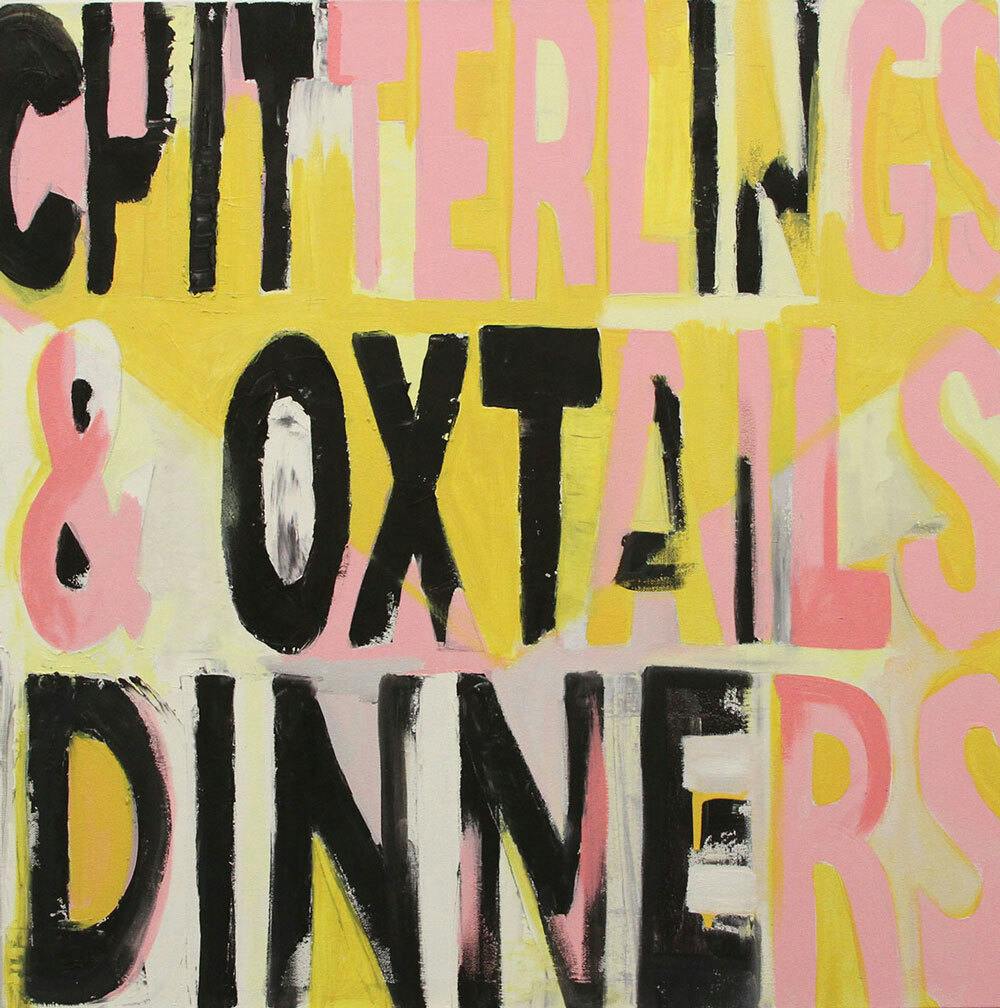Selma Burke
(1900–1995)An internationally renowned sculptor, Selma Burke sought to speak to audiences across the globe through her depictions of everyday and famous Black figures.
Biography
As a young girl in North Carolina, she played in a creek near her home, where she formed objects and small animals using clay and mud. Despite her father’s support of Burke’s interest in art, her mother insisted she pursue a more financially stable career.
After completing her undergraduate degree, she attended the St. Agnes School of Nursing and took a private nursing position for a wealthy heiress in New York City. For the next four years, she attended myriad exhibitions and performing arts events and took courses at Sarah Lawrence College. Following her employer’s passing, she pursued art full-time, became involved in the Works Progress Administration and Art Students League, and studied and taught sculpture under the guidance of Augusta Savage at Harlem Community Art Center. With support from the Boehler Foundation, she traveled to Europe and studied under artists such as Henri Matisse and Aristide Maillol.
In 1941, she entered a competition to design a profile of President Franklin Roosevelt that would appear on the dime. During a forty-five-minute sitting with Roosevelt, she made several sketches of him on paper that formed the basis for a plaque portrait unveiled at the Recorder of Deeds Building in Washington, DC, in 1945. The eventual design on the dime is widely accepted to have been adapted from Burke’s plaque, though she received no recognition for her contribution until 1990. During her career, she went on to make sculptures in brass, bronze, and alabaster that commemorated figures like Duke Ellington and Martin Luther King Jr. In commitment to arts education, she ran the Selma Burke Art Center in Pittsburgh from 1968 until its closure in 1981.
Burke earned a BA from Winston-Salem State University (then the Slater Industrial and Slater Normal School) and MFA from Columbia University. She received a lifetime achievement award from the Women’s Caucus for Art (1979); Candace Award from the National Coalition of 100 Black Women (1983); and honorary Doctorate of Humane Letters from Spelman College (1988). The Studio Museum has presented her work in exhibitions such as New York/Chicago WPA and The Black Artist (1977–78) and Challenge of the Modern: African-American Artists 1925–1945 (2003).
Exhibitions and Events
Selma Burke
(1900–1995)An internationally renowned sculptor, Selma Burke sought to speak to audiences across the globe through her depictions of everyday and famous Black figures.
Butterfly, 1993
Biography
As a young girl in North Carolina, she played in a creek near her home, where she formed objects and small animals using clay and mud. Despite her father’s support of Burke’s interest in art, her mother insisted she pursue a more financially stable career.
After completing her undergraduate degree, she attended the St. Agnes School of Nursing and took a private nursing position for a wealthy heiress in New York City. For the next four years, she attended myriad exhibitions and performing arts events and took courses at Sarah Lawrence College. Following her employer’s passing, she pursued art full-time, became involved in the Works Progress Administration and Art Students League, and studied and taught sculpture under the guidance of Augusta Savage at Harlem Community Art Center. With support from the Boehler Foundation, she traveled to Europe and studied under artists such as Henri Matisse and Aristide Maillol.
In 1941, she entered a competition to design a profile of President Franklin Roosevelt that would appear on the dime. During a forty-five-minute sitting with Roosevelt, she made several sketches of him on paper that formed the basis for a plaque portrait unveiled at the Recorder of Deeds Building in Washington, DC, in 1945. The eventual design on the dime is widely accepted to have been adapted from Burke’s plaque, though she received no recognition for her contribution until 1990. During her career, she went on to make sculptures in brass, bronze, and alabaster that commemorated figures like Duke Ellington and Martin Luther King Jr. In commitment to arts education, she ran the Selma Burke Art Center in Pittsburgh from 1968 until its closure in 1981.
Burke earned a BA from Winston-Salem State University (then the Slater Industrial and Slater Normal School) and MFA from Columbia University. She received a lifetime achievement award from the Women’s Caucus for Art (1979); Candace Award from the National Coalition of 100 Black Women (1983); and honorary Doctorate of Humane Letters from Spelman College (1988). The Studio Museum has presented her work in exhibitions such as New York/Chicago WPA and The Black Artist (1977–78) and Challenge of the Modern: African-American Artists 1925–1945 (2003).


